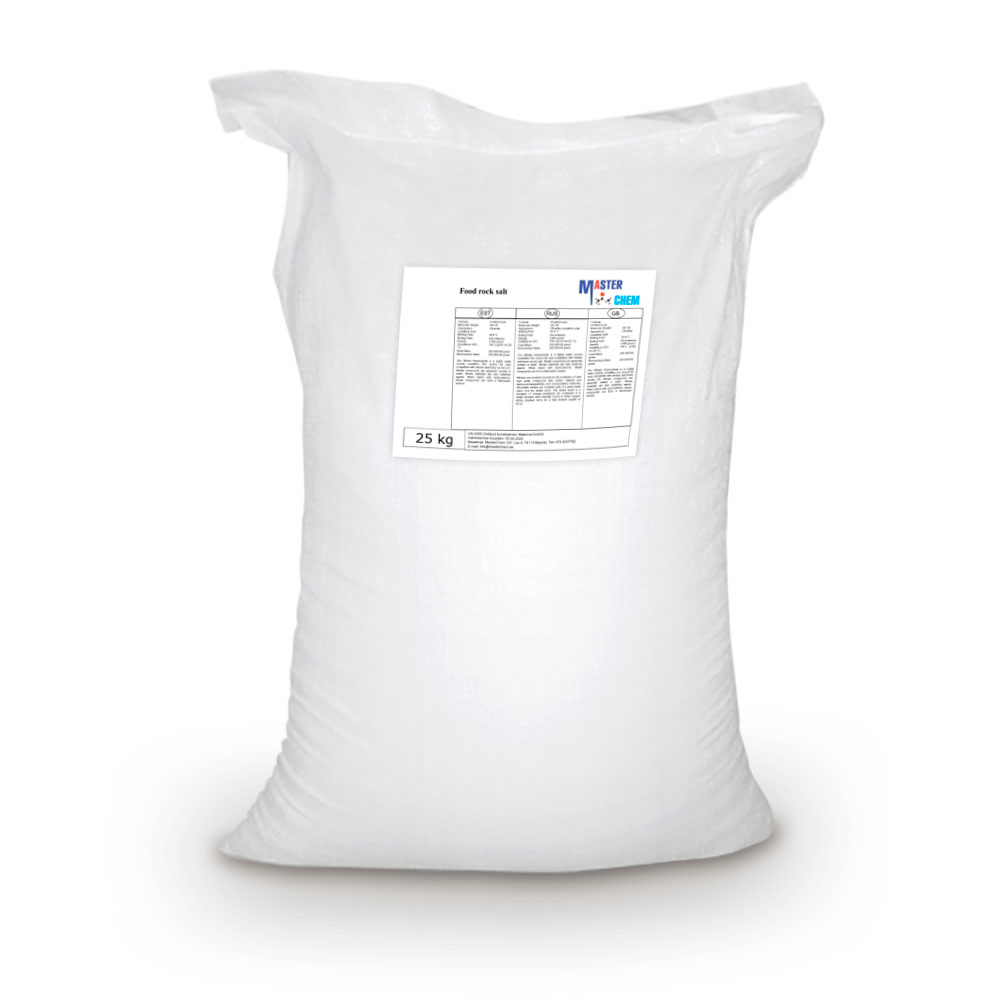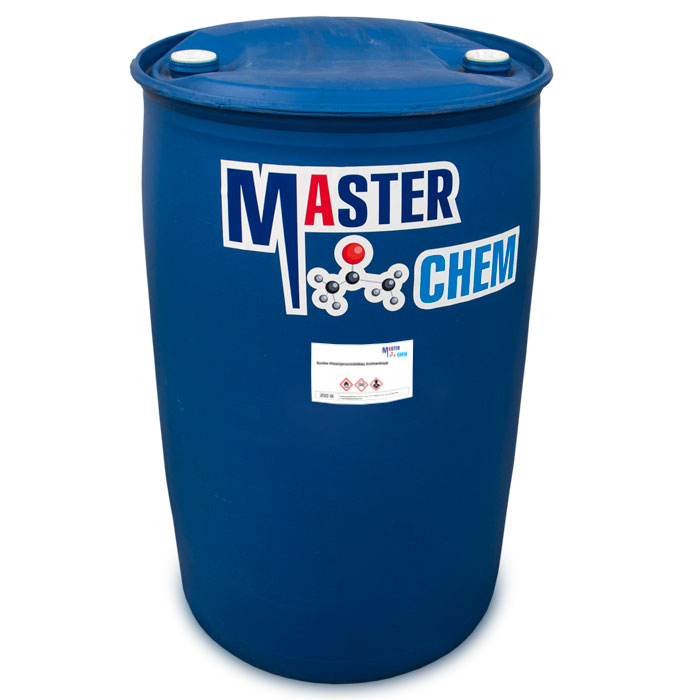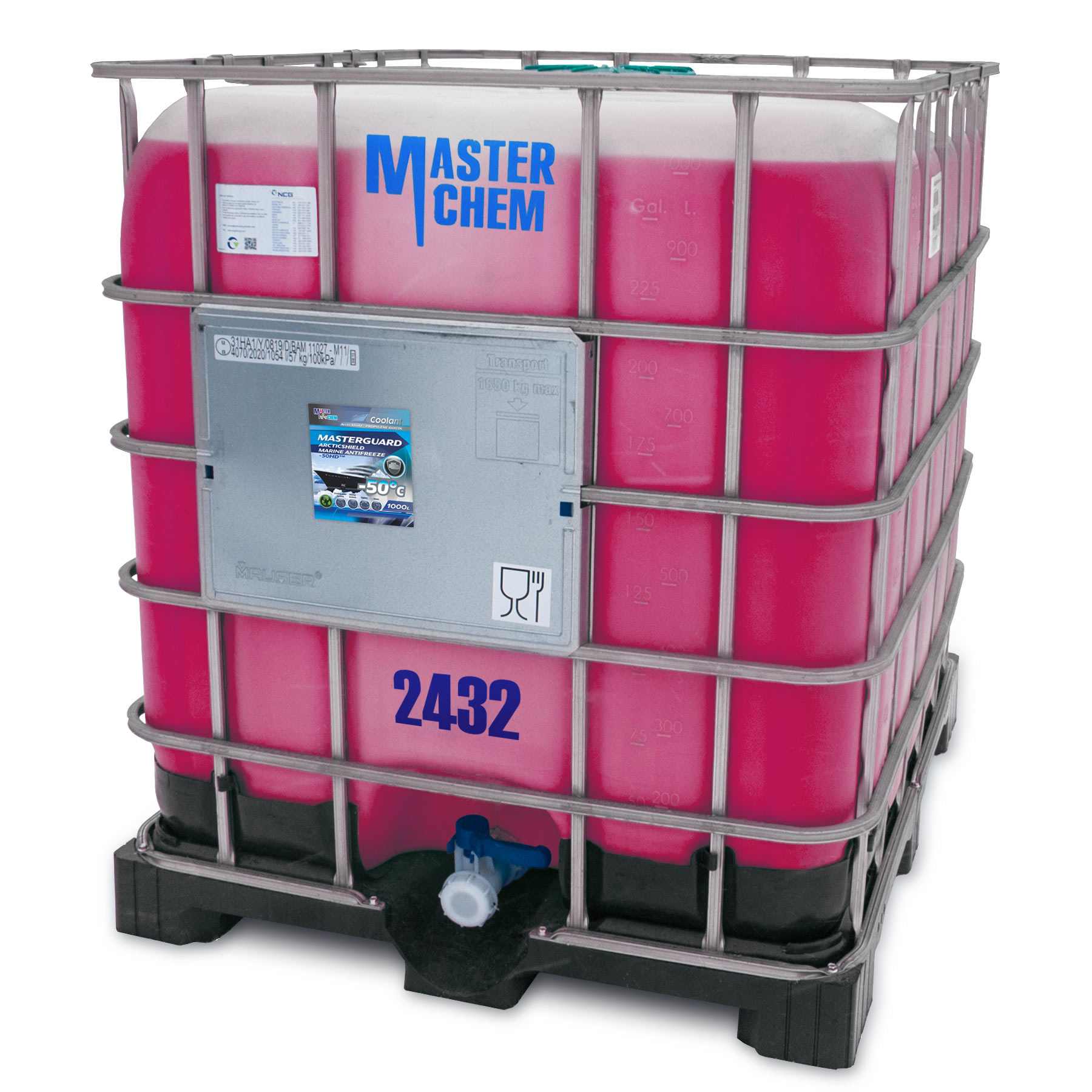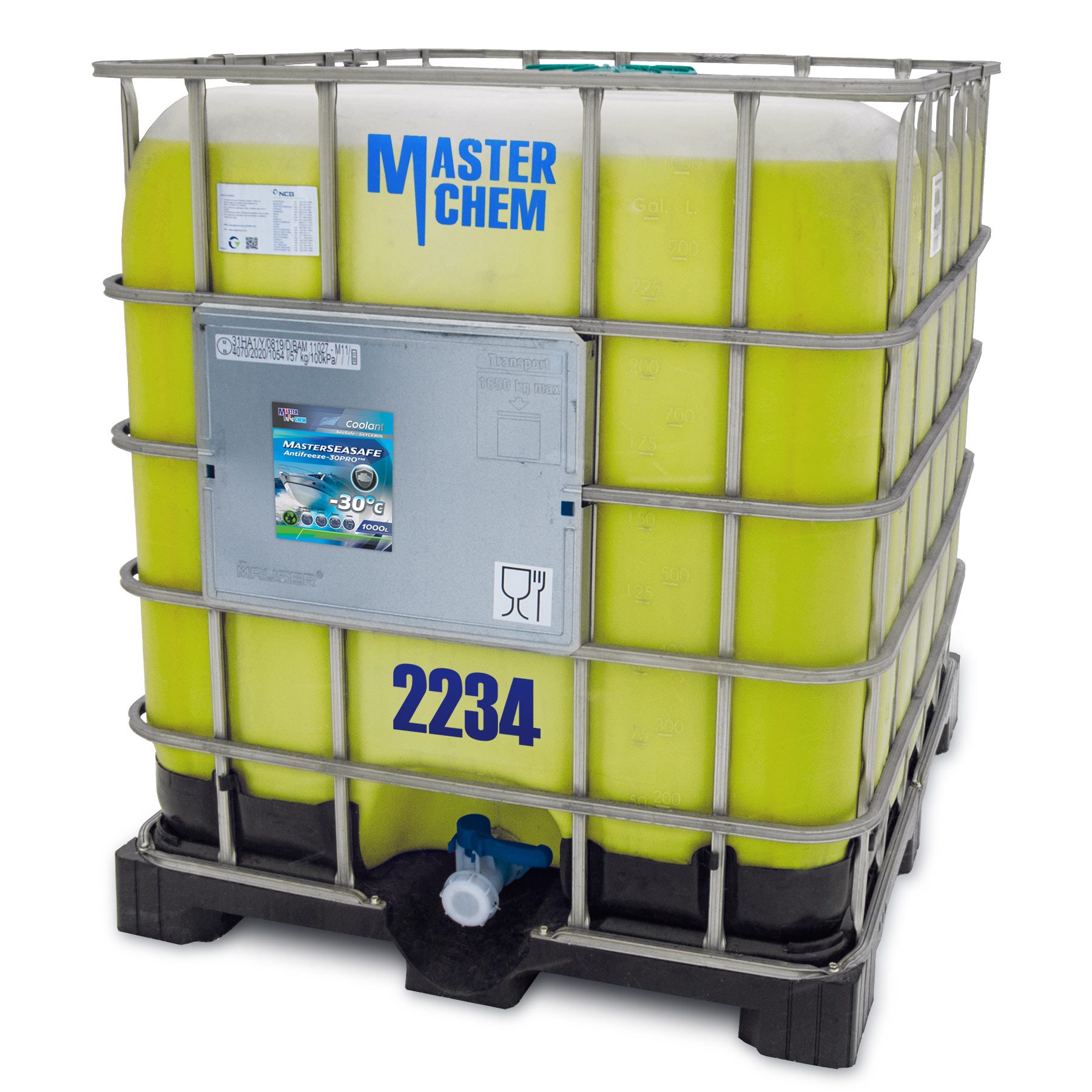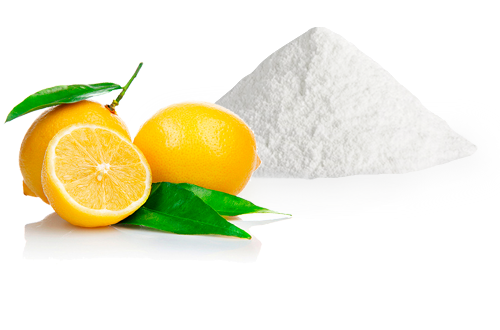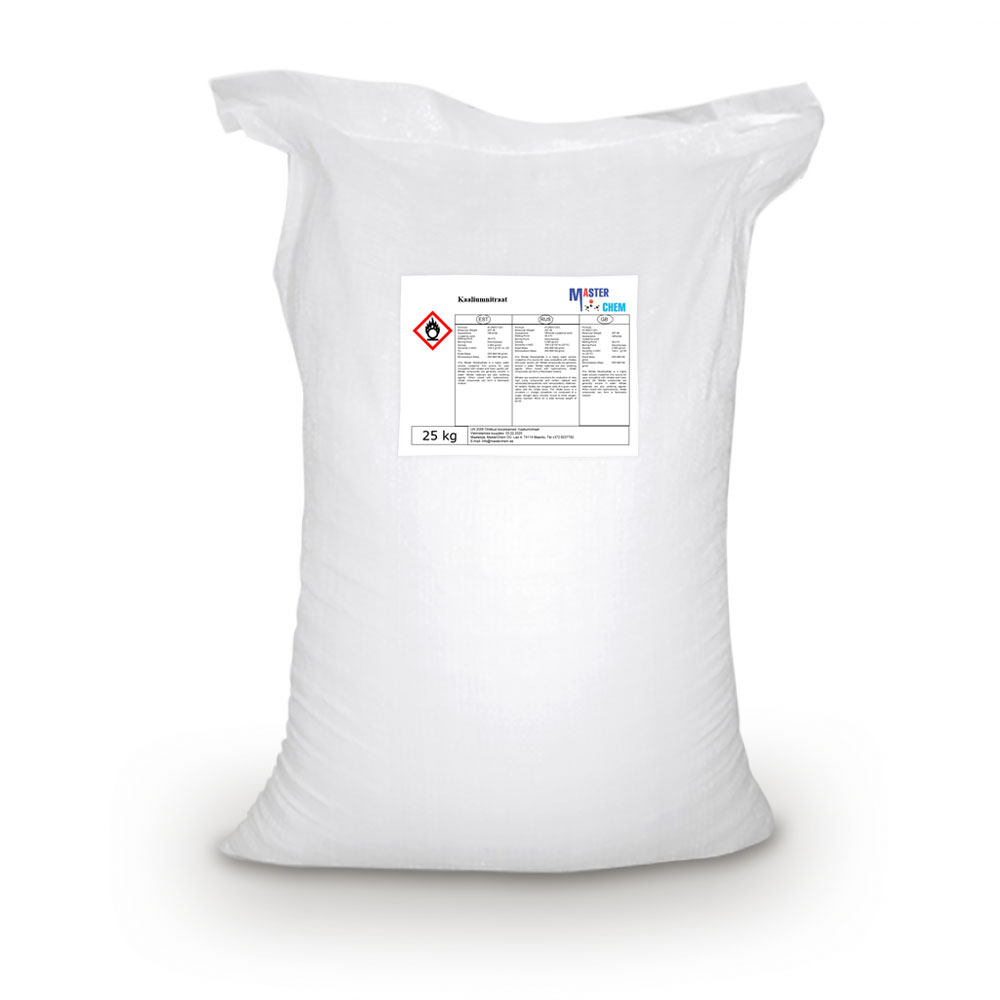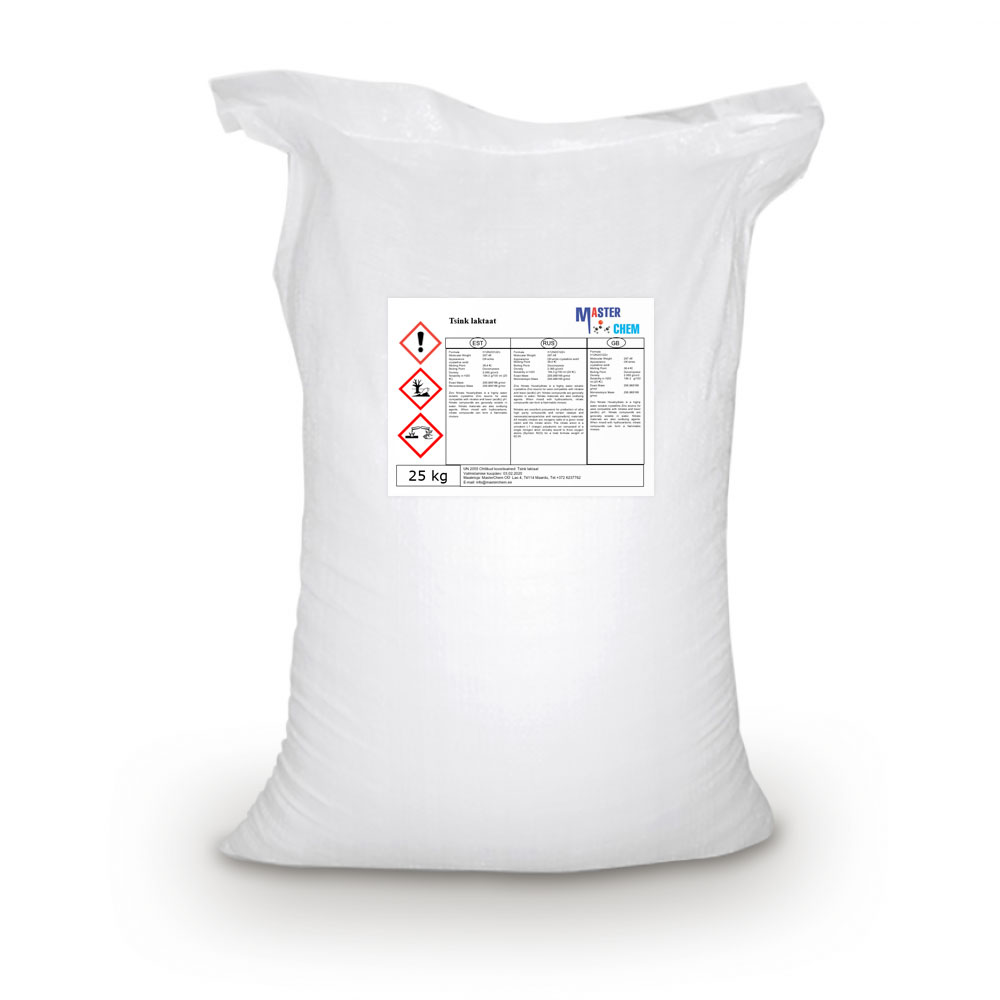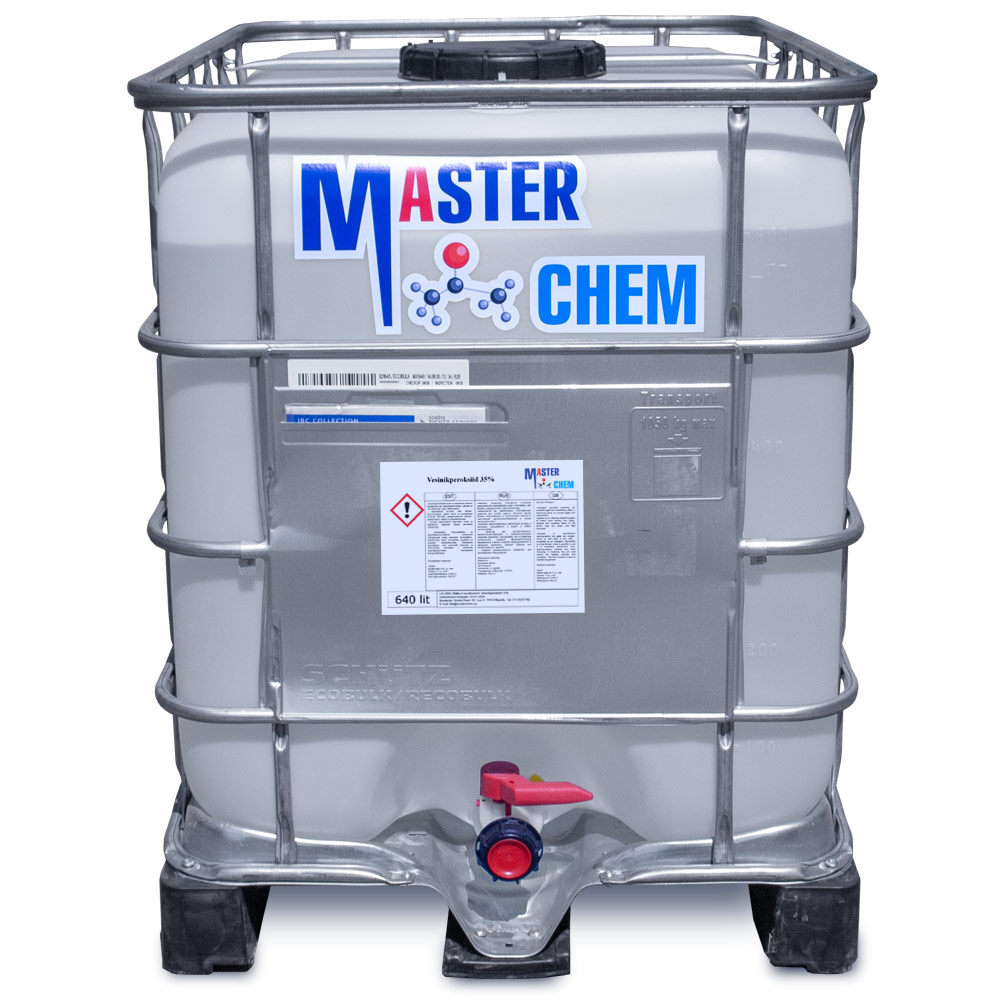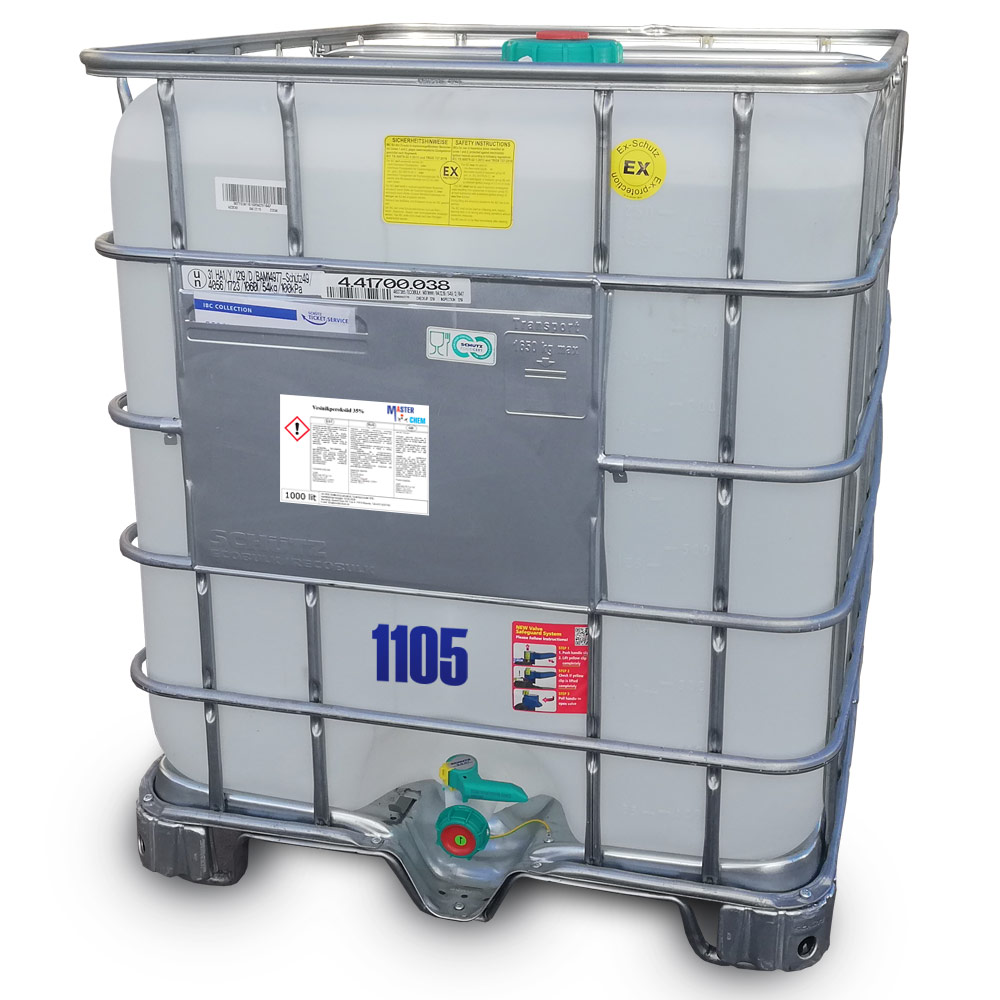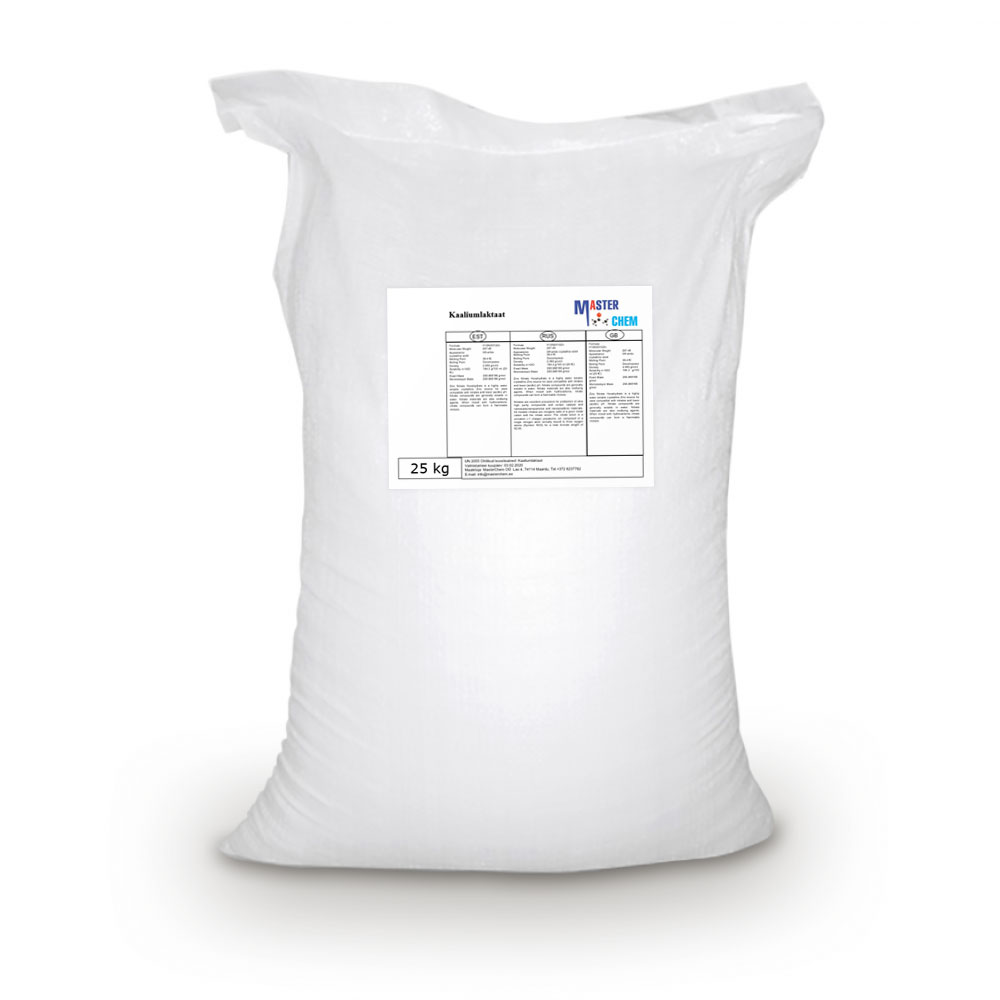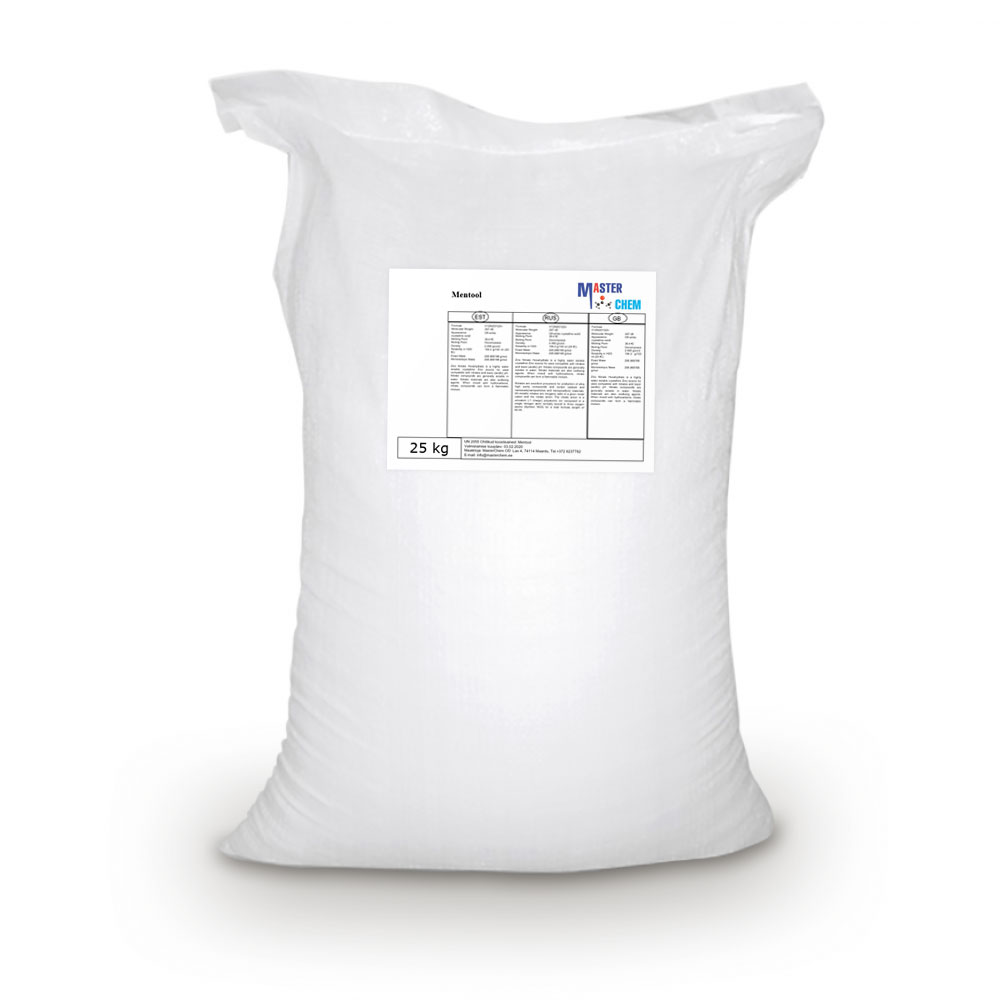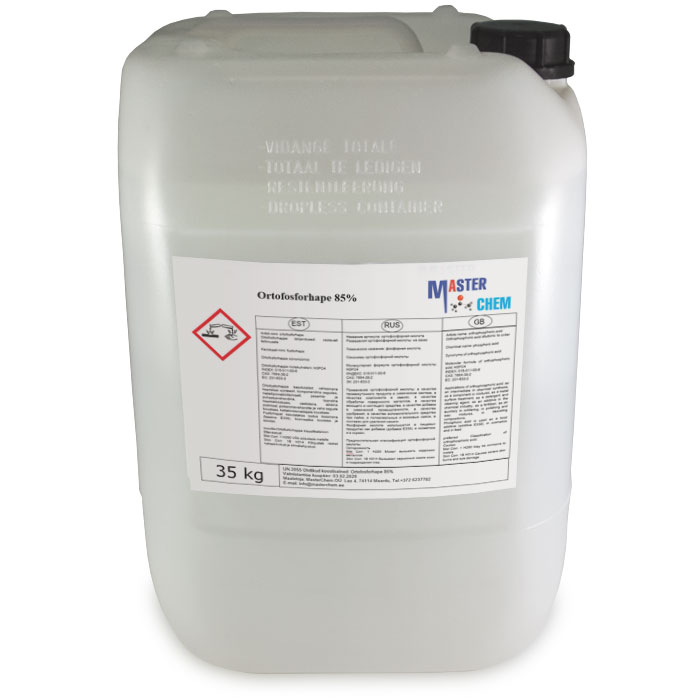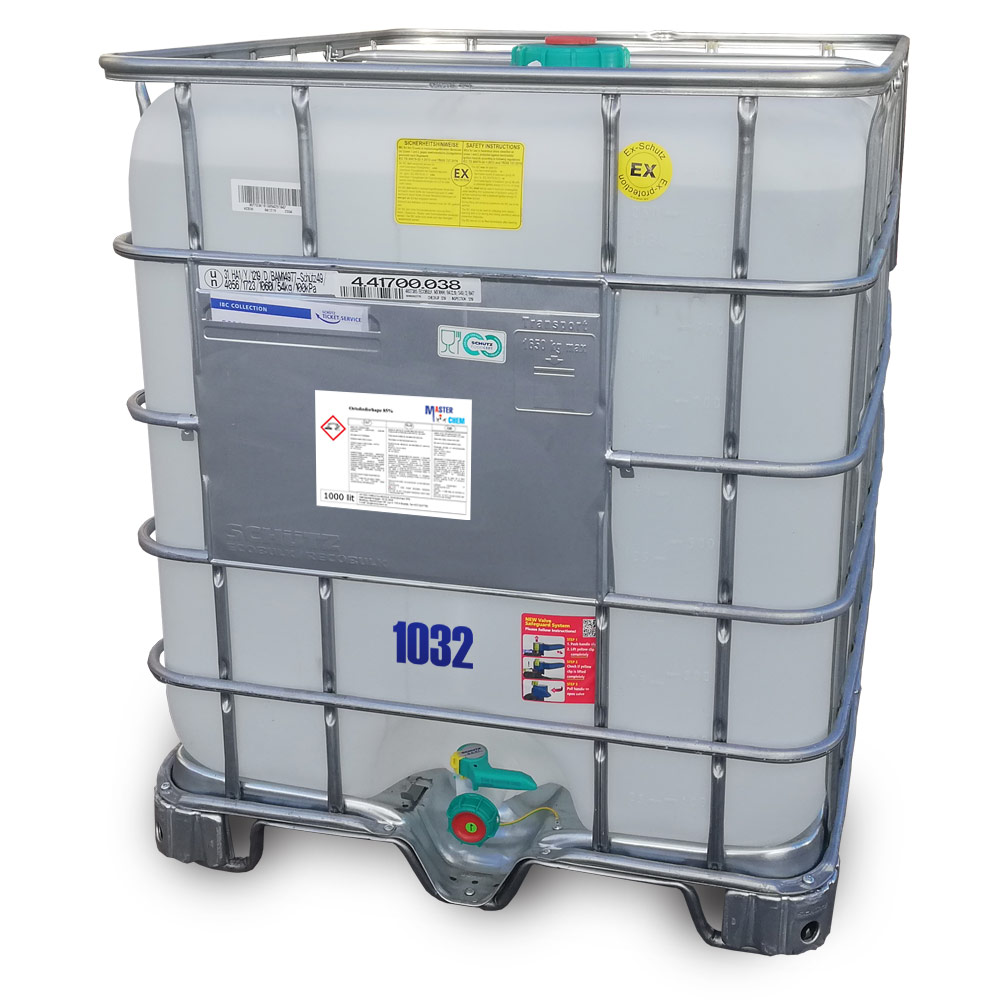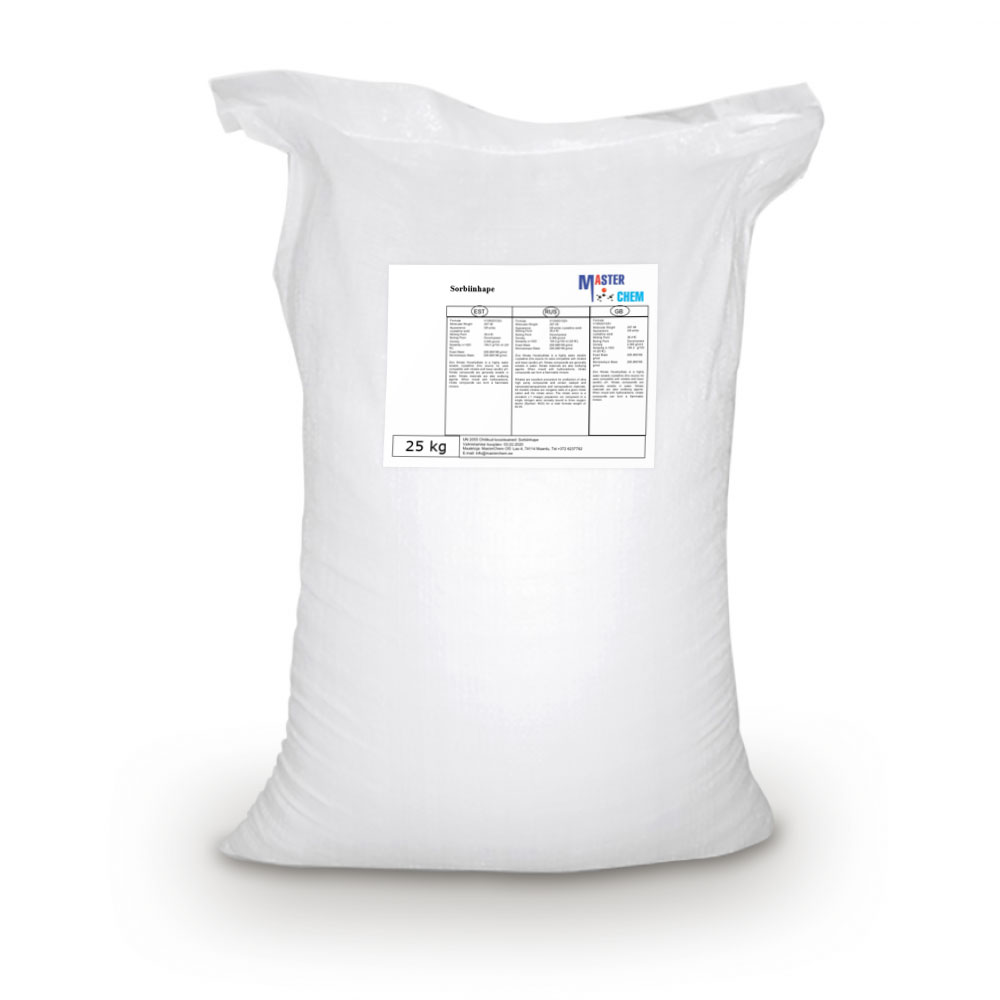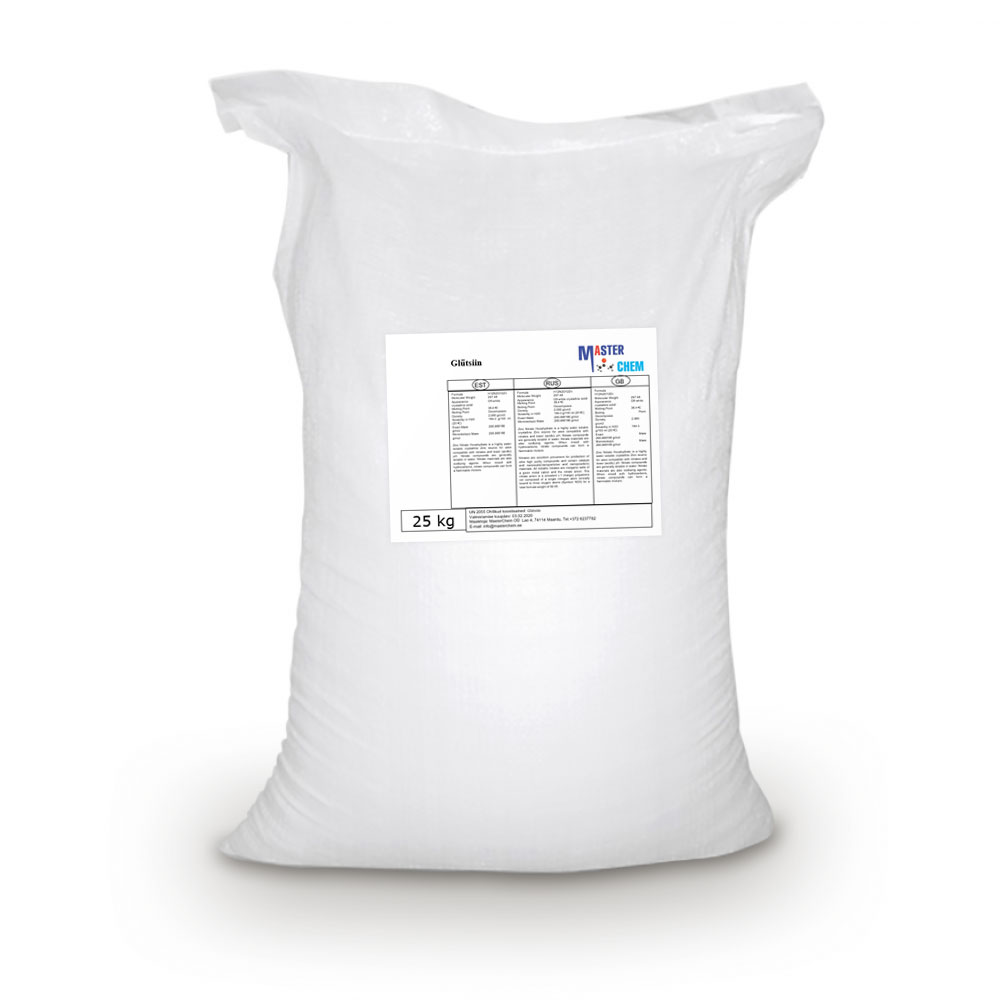Currently Empty: €0.00
Iodine (CAS 7553-56-2)
Iodine (CAS 7553-56-2)
Iodine is a chemical element with the symbol I and atomic number 53. The heaviest of the stable halogens, it exists as a semi-lustrous, non-metallic solid at standard conditions that melts to form a deep violet liquid at 114 degrees Celsius, and boils to a violet gas at 184 degrees Celsius. The element was discovered by the French chemist Bernard Courtois in 1811, and was named two years later by Joseph Louis Gay-Lussac, after the Greek ἰώδης “violet-coloured”.
Iodine occurs in many oxidation states, including iodide (I−), iodate (IO−
3), and the various periodate anions. It is the least abundant of the stable halogens, being the sixty-first most abundant element. It is the heaviest essential mineral nutrient. Iodine is essential in the synthesis of thyroid hormones. Iodine deficiency affects about two billion people and is the leading preventable cause of intellectual disabilities.
The dominant producers of iodine today are Chile and Japan. Iodine and its compounds are primarily used in nutrition. Due to its high atomic number and ease of attachment to organic compounds, it has also found favour as a non-toxic radiocontrast material. Because of the specificity of its uptake by the human body, radioactive isotopes of iodine can also be used to treat thyroid cancer. Iodine is also used as a catalyst in the industrial production of acetic acid and some polymers.
€0.00
Product Description
Information
Industries: Household chemicals, Pharmaceutical industry, Food industry
CAS number: 7553-56-2
WE number: 231-442-4
Chemical formula: I
Molar mass: 126,9 g/mol
Customs tariff code: 28012000
Other physical properties
Melting / freezing point: 113,6°C w 1013 hPa
Boiling point / range: 184,4°C w 1013 hPa
Relative density: 4,93 g/cm3 w 20°C
Solubility in water: 330 mg/l w 25°C
| Dimensions | N/A |
|---|---|
| Pieejamais apjoms | 25 kg bag, 1000 kg |


